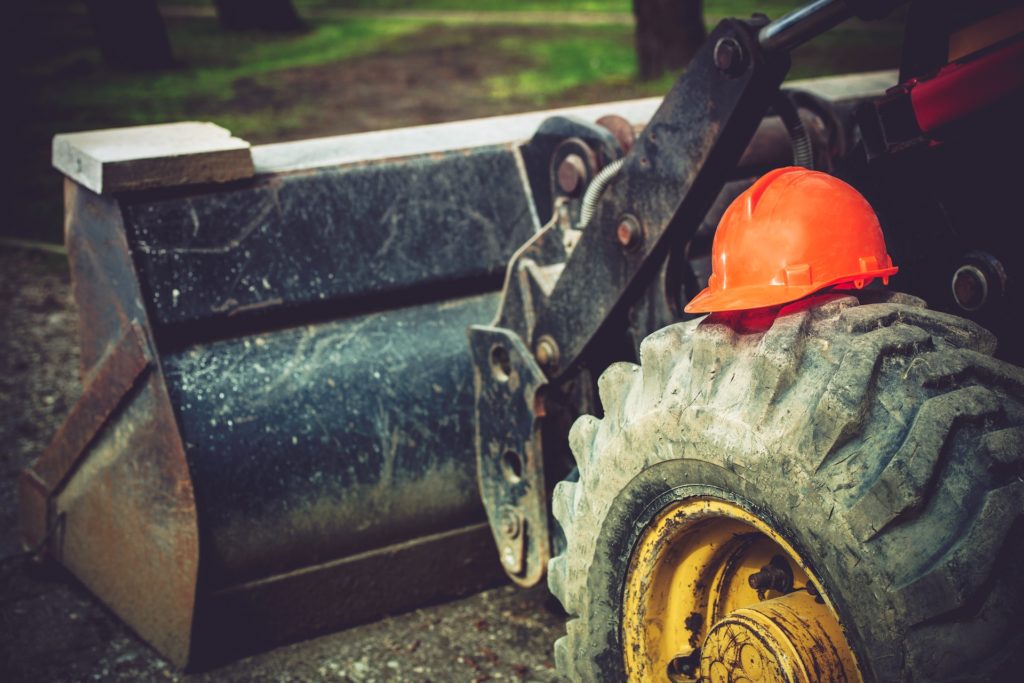Were you recently diagnosed with spondylolisthesis? Do you believe your condition was caused by an accident at work? Spondylolisthesis is a severe defect resulting from sudden trauma, repetitive motion, and regular stress on the spine. If you developed spondylolisthesis due to the physical conditions of your occupation, you might qualify for workers’ compensation benefits.
Workers’ compensation benefits allow injured workers to recover lost wages, medical coverage, and other benefits offered under Minnesota State Law. In this article, we will explore how work-related spondylolisthesis affects your body and the treatment and compensation options available to you.
What Is Spondylolisthesis?
Spondylolisthesis is a condition that affects the bones in the spine. The condition is characterized by slippage or shift of the vertebrae. When this happens, the vertebrae shift out of place and slide under the vertebrae below it. In severe cases, this slippage places pressure on the nerve, causing lower back and leg pain.
Three types of spondylolisthesis can develop on the job:
- Traumatic spondylolisthesis – A severe injury or trauma causes the vertebrae to slip out of place.
- Isthmic spondylolisthesis -This type of spondylolisthesis occurs due to a crack or fracture in the thin portion of the vertebrae, which causes it to slip out of place.
- Degenerative spondylolisthesis – Degenerative spondylolisthesis is common and develops due to the wear and tear of the intervertebral discs and the ligaments surrounding the discs.
Spondylolisthesis Diagnosis
Spondylolisthesis is diagnosed as low-grade or high-grade depending upon the amount of slippage. Individuals with high-grade spondylolisthesis are likely to experience significant pain and require surgery to alleviate pain and prevent further vertebrae deterioration.
Symptoms Of Spondylolisthesis
Individuals with a mild case of spondylolisthesis may not experience any symptoms. As the condition progresses, it can start to affect your ability to perform daily activities. Common symptoms of spondylolisthesis include:
- Stiffness in the legs and back
- Persistent lower back pain that gets worse over time
- The muscles in the buttock and thighs have become highly tight
- Reduced reflexes
- Tingling sensations in the lumbar region of the back
How Spondylolisthesis Can Be Causes By Your Work
Spondylolisthesis can be caused by occupations that put regular stress on the back. If your job requires that you routinely lift heavy equipment or regularly bending down and stretching, you might start to experience lower back pain. Over time, these repetitive motions will weaken the pars interarticularis, which eventually causes the vertebrae to slip. Workers in the following industries are particularly at risk of developing spondylolisthesis:
- Construction workers
- Gardeners
- Warehouse workers
- Roofers
If you have been experiencing severe lower back pain, it’s important to consult your primary care doctor. The first step in correctly diagnosing this condition is undergoing a thorough physical examination by your doctor. During the physical examination, your doctor will check your back and spine for signs of:
- Limited range of motion
- Tenderness in specific areas
- Muscle weakness
Treating Work-Related Spondylolisthesis
Likely, the doctor will order a series of X-Rays to view the alignment of your vertebrae and check for stress fractures. A CT Scan may also be necessary to determine the amount of slippage and the severity of the fracture to determine the best treatment options.
Successfully treating spondylolisthesis involves a combination of approaches depending on the severity of the condition. If the spinal cord or the nerves have been affected, your physician may restrict you from participating in any physical activity that can aggravate your condition.
Anti-inflammatory medication is usually prescribed to help relieve pain. Your physician may also recommend physical therapy to alleviate pain and gradually help you return to work. If the lower back pain persists or the vertebrae fails to return to its normal position, you may require surgical treatment.
Worker’s Compensation Benefits For Spondylolisthesis
Treating work-related spondylolisthesis can be a long and expensive journey if you take extensive time off of work. If you were diagnosed with spondylolisthesis, you might be eligible to receive workers’ compensation benefits. However, to secure such benefits, you’ll have to file a claim through your employer. You must adhere to the following steps to support your claim:
Report the diagnosis as soon as possible – if the nature of your occupation caused your case of spondylolisthesis correctly, you’d need to notify your employer right away.
Obtain a second opinion – Your employer will want you to be examined by their doctors.
Get Help From A Worker’s Comp Attorney
Often, employers make it difficult for workers to secure benefits for back injuries. If you’ve developed severe spondylolisthesis due to your construction or warehouse job, you need to speak with an experienced attorney well-versed in Minnesota’s Workers’ Compensation laws. Here at Sundquist Law Firm, our experienced worker’s compensation legal professionals have years of experience in helping union and non-union workers secure Workers’ Compensation benefits for their workplace injuries.
Contact us today to schedule a free initial consultation to discuss the details of your case.


